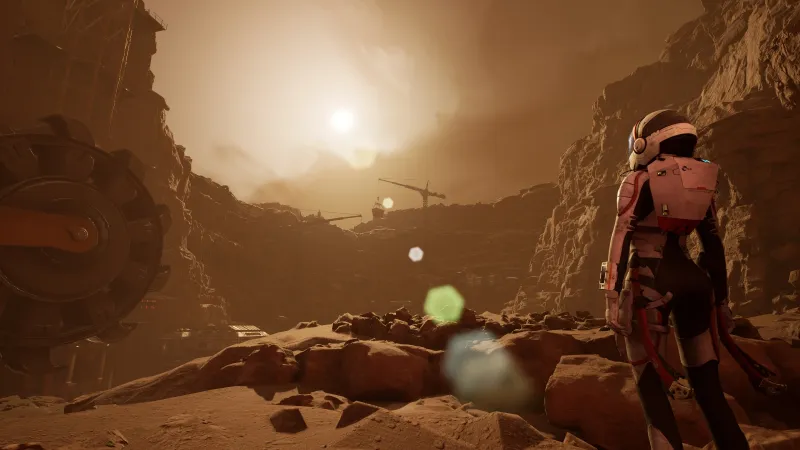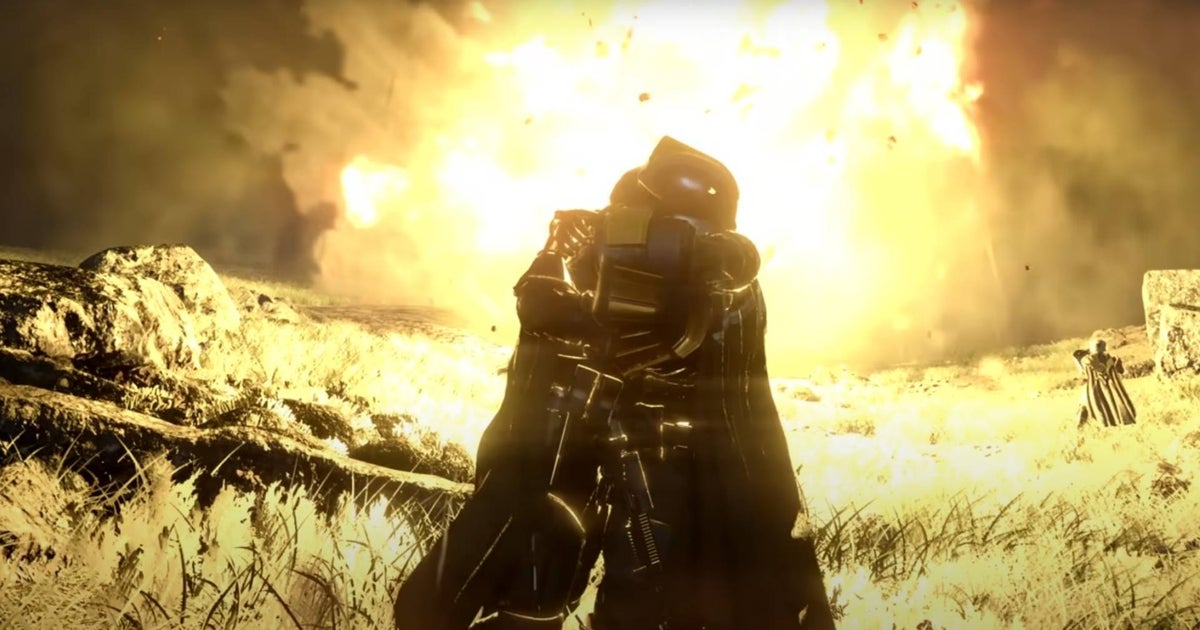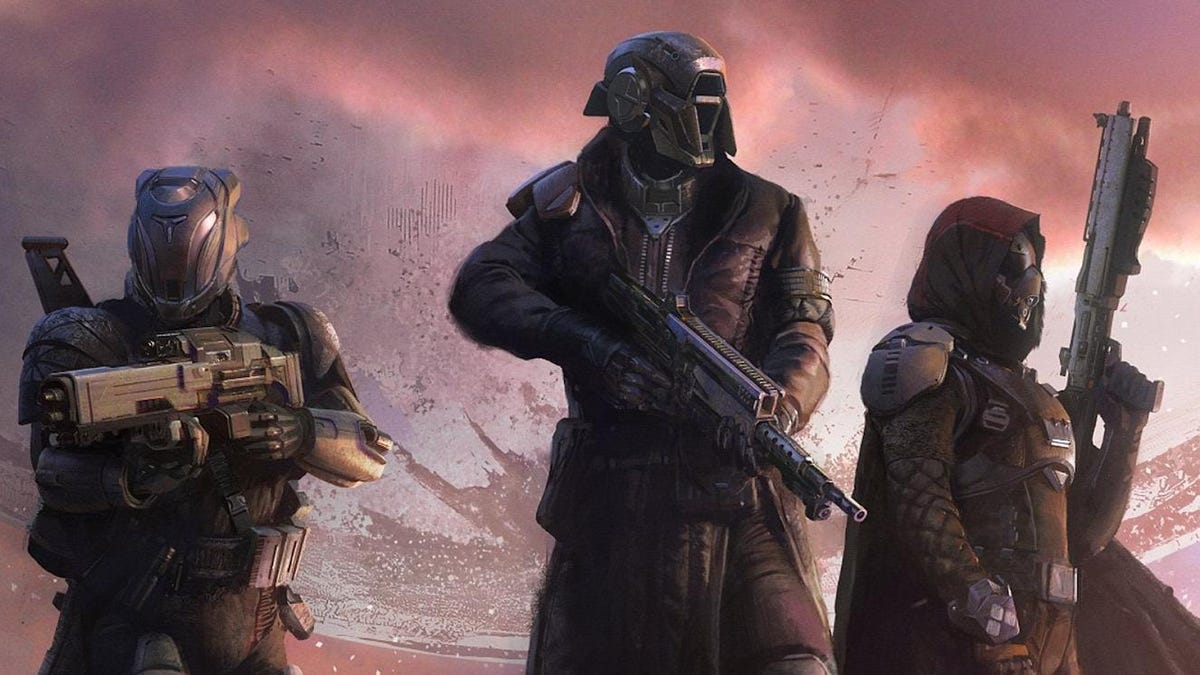Deliver Us Mars follows in the footsteps of the hidden gem Deliver Us The Moon, a fun puzzle-solving and storytelling game that has largely overcome its technical and presentational flaws. The same is almost true for this sequel, set on the Red Planet, although its larger scope increases its problems. Thankfully, an engaging narrative does its best to keep this flawed mission on track.
Despite being a direct sequel, you don’t need to play Deliver Us The Moon to understand the storyline of Mars. The earth has fallen into an irreversible environmental collapse thanks to decades of man-made abuse. It soon becomes an uninhabitable rock, but hope is raised when a transmission from Mars pinpoints the location of advanced life-giving ships called Arks. Years earlier, a group of humanity’s best and brightest had stolen these ships, abandoning Earth to its fate and founding a new colony elsewhere. As Kathy, a brave and amazing young astronaut, you join a small team tasked with bringing the Arks back to Earth, but Kathy also has a compelling personal interest.
Kathy’s father Issac, a brilliant scientist, was among the leaders of this villain group who stole Earth’s best chance for recovery. In the process, he left Kathy to grow up on a dying earth without him. I was captivated by the game’s well-executed exploration of the couple’s loving but complex relationship, particularly how Kathy deals with the desire to reunite with the man who effectively contributed to the downfall of mankind – a goal that leaves a tense Caused conflict with her crewmates. The intriguing mystery of the fate of the Mars colony following the arrival of Kathy also kept me hooked thanks to its compelling twists and revelations to see what comes next. The plot also presents hackneyed but compelling arguments for the morality of starting anew elsewhere, given humanity’s self-destructive nature.
The narration of Deliver Us Mars is so good that its subpar presentation doesn’t do it justice. The ugly, stilted character models sour the extraordinary performances; It’s like watching crappy animatronic performances Macbeth
The gameplay focuses mostly on solving puzzles and platforms only getting into “acceptable” territory. As in the first game, players will switch between controlling Kathy and her companion robotic drone to complete environmental tasks that often involve directing energizing beams of light to open doors. The drone can access small openings and carry items, although it doesn’t feel as well utilized as it did in Deliver Us The Moon. The puzzles offer decently fun obstacles. However, Deliver Us Mars lacks the gameplay variety of its predecessor, so the beam alignment lost some of its luster in the end. That being said, a sometimes confusing but entertaining hologram decryption mini-game, where you rotate the drone’s camera to place nodes into slots, serves as the only other major recurring puzzle.
Platforming now plays a more important role, as Kathy can scale certain walls with climbing axes. This mechanic leans towards the realism side, with players using the left and right triggers to aim and smack with each arm. Like other mechanics, this action is just about good enough to work, but climbing becomes tedious on longer stretches and becomes unresponsive in some cases. Jumping from one crag to another feels particularly hard, and I’ve fallen to my death several times when my punches didn’t register. The game sporadically throws in some hazards, like spinning blades or collapsing wall panels, but the climbing isn’t tuned to handle them with ease.
The protagonists of Deliver Us Mars quickly put together a space shuttle that just barely gets them to their destination. A similar story feels for this game. A compelling narrative drives gameplay that otherwise feels functional but immature, making my time on the planet a mixed bag. Deliver Us Mars shines at its best when you can absorb its history, but expect to stumble across several design craters along the way.








